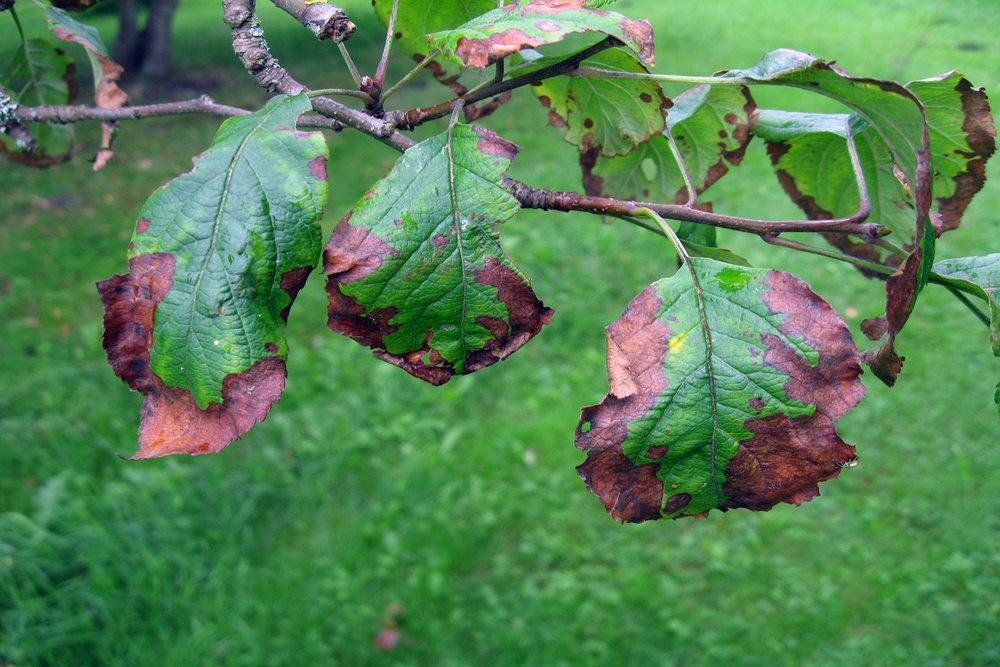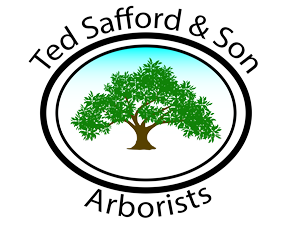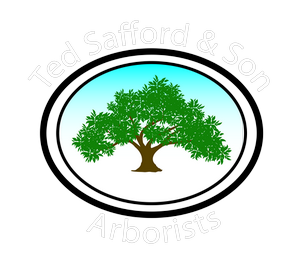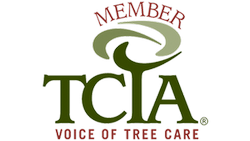Common Trees Susceptible to Bacterial Leaf Scorch
Common Trees Susceptible to Bacterial Leaf Scorch
If you've started to notice browning edges on leaves or premature leaf drop, your tree may be under threat.

Bacterial Leaf Scorch (BLS) is a serious condition that affects a wide range of shade trees, especially in warmer climates like California. It’s caused by the bacterium “Xylella fastidiosa”, which blocks water movement within a tree’s vascular system. If you’ve started to notice browning edges on leaves or premature leaf drop, your tree may be under threat. This disease doesn’t just cause seasonal stress—it can lead to long-term decline and even death if left untreated. By knowing which trees are most vulnerable, you can take early steps to manage the problem and protect your landscape.
Oaks: A Prime Target in California Landscapes
California has many oak varieties; unfortunately, these trees are particularly vulnerable to BLS. Red and pin oaks show symptoms earlier and more severely than white oaks. The symptoms often start with marginal leaf browning resembling drought stress, but worsen season after season. As the disease progresses, entire branches may lose their leaves, and the tree’s overall canopy begins to thin. Because oaks are commonly used as focal points in yards and parks, losing one to this disease can have a significant visual and ecological impact.
Maples and BLS: Subtle Signs with Serious Outcomes
Maple trees are another frequent victim of Bacterial Leaf Scorch in California, particularly red and sugar maples. These trees may initially show only mild symptoms—slight browning or curling of leaves near the tips—but that’s where the danger lies. The early signs often go unnoticed or are mistaken for seasonal changes. Over time, however, the browning spreads inward, and branches can become permanently damaged. Because maples are prized for their shade and vibrant color, their gradual decline due to BLS can be both disappointing and costly to address. Early detection is key to minimizing damage and extending the tree’s life.
Elms and the Hidden Risks of Infection
Elms are widely planted throughout urban and suburban California areas, making their vulnerability to BLS especially concerning. While many elm trees can tolerate various conditions, they are still prone to bacterial infection. The disease typically starts with patchy browning along the leaf edges, eventually causing large portions of the canopy to turn dry and brittle. Unlike some other diseases, BLS doesn’t just appear during one season and fade away—it persists and intensifies each year, weakening the tree over time. Once symptoms become widespread, reversing the damage becomes increasingly complex without professional care.
The Importance of Early Diagnosis and Expert Care
If you suspect one of your trees may be suffering from Bacterial Leaf Scorch, the best thing you can do is act quickly. While there’s no cure, proper pruning, soil management, and hydration can help prolong the tree’s life and reduce stress. Regular inspections by an ISA-certified arborist are essential for early diagnosis. You might not recognize the signs immediately, but a professional can spot subtle changes before the disease takes a permanent toll. Monitoring your oaks, maples, and elms—especially during late spring and summer—is essential to responsible tree care.
Please Don’t Wait Until It’s Too Late
If you’re concerned about the health of your trees, don’t wait for the situation to worsen. Call Ted Safford & Son Arborists today at (858) 692-2294. Our certified arborists are here to assess your trees, diagnose any issues, and provide expert care that promotes long-term health and beauty.




